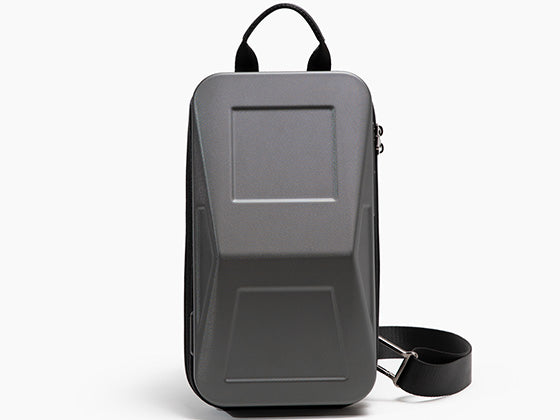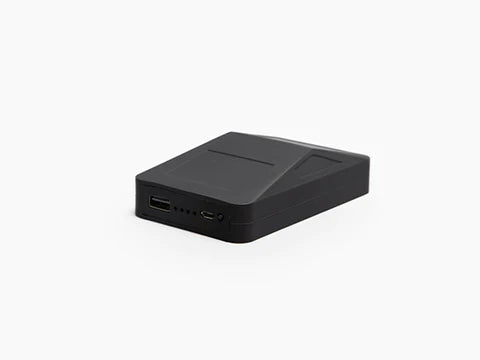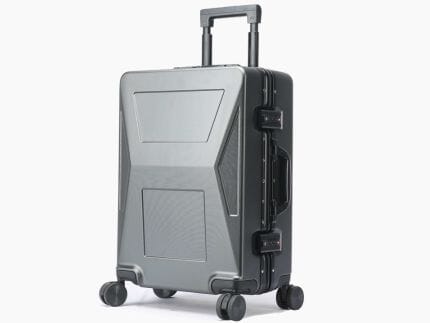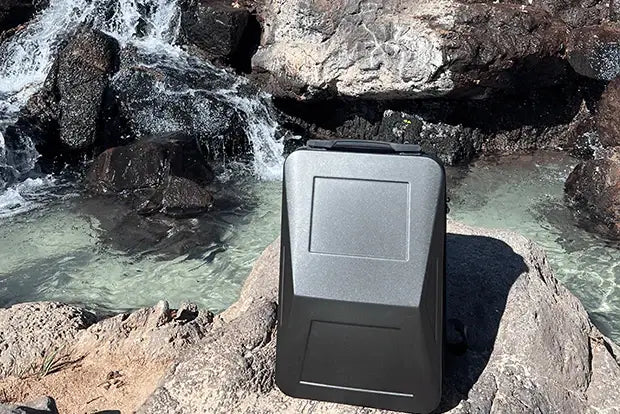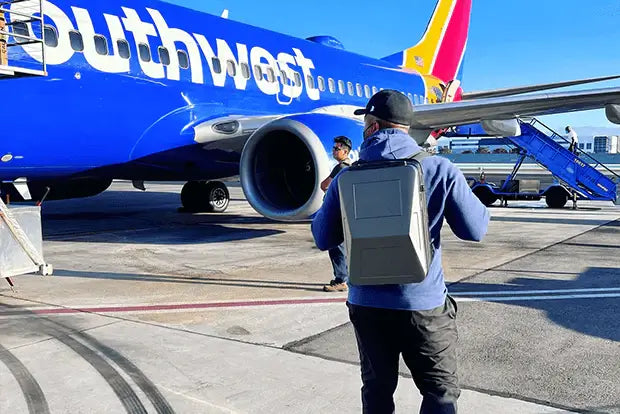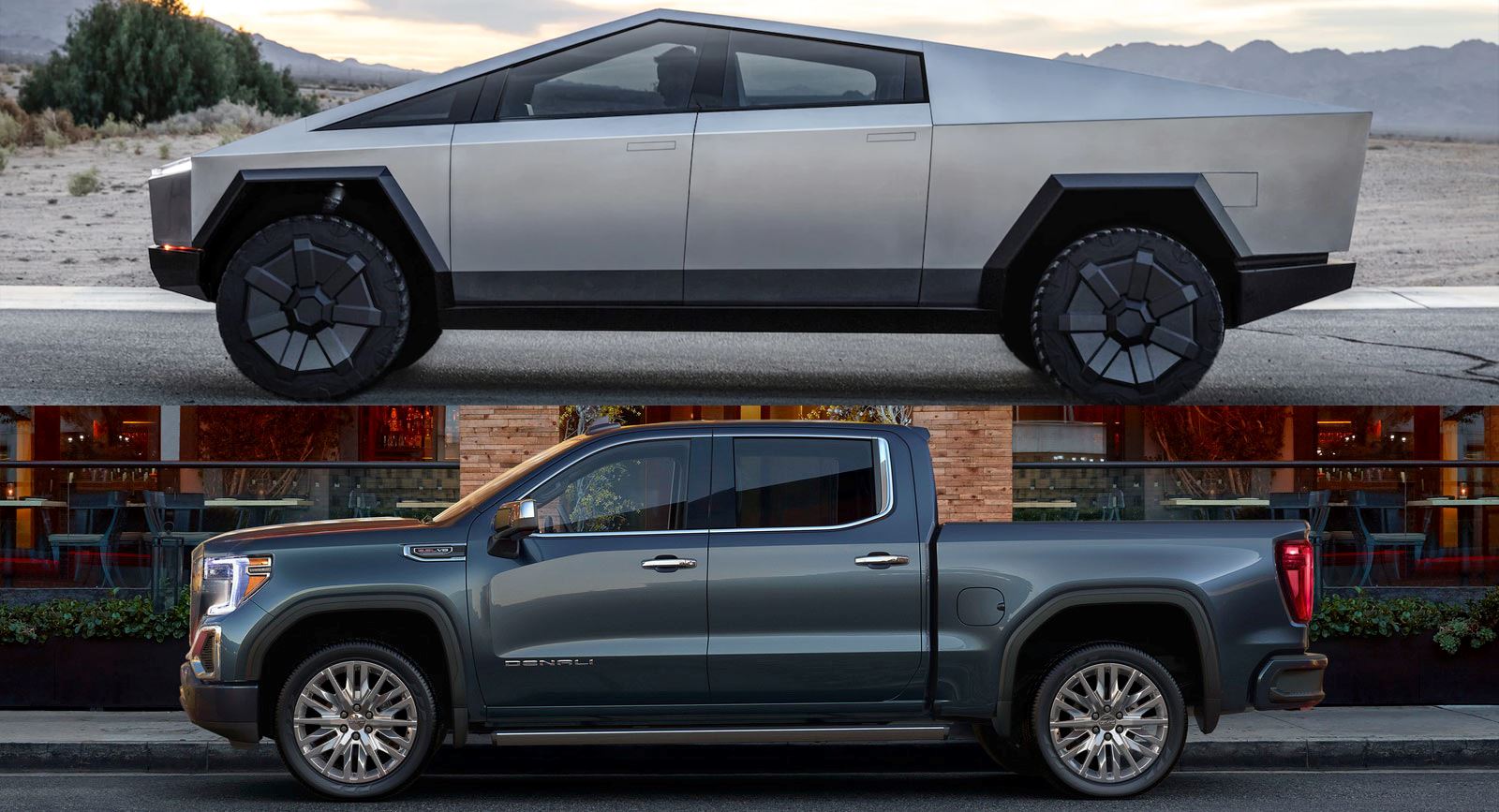Tesla outputs some serious value for your investments. You can currently go purchase a Model 3 for $48,190 right now if you wanted to. But with the Cybertruck, Tesla has been planning on an even lower price for their entry level EV.
At $39,000, the single motor Cybertruck sounds like a steal. It's almost too good to be true. How are they managing to make a much larger vehicle cheaper than their current cheapest offering?
Tesla plans on not only disrupting the market for EVs but the automotive market overall by offering an extremely competitive bargain. Even though electric vehicles are more expensive to produce because of the cost of their batteries, they end up saving you a lot of money on maintenance and gasoline further down the line.
The craziest part is that the Cybertruck isn’t just affordable as an EV, but its price is lower than most typical internal combustion engine trucks. How did they manage to do that?
Cybertruck vs Ford F-150
We have to do something before we dive nose-first into analyzing Tesla’s approach towards the Cybertruck itself. We need to first fully understand why this Tesla’s value proposition is so incredible. To make that process less tedious, let’s do an apples-to-apples comparison between the Cybertruck and the Ford F-150;
A truck Tesla themselves is trying to give a run for its money. At $29,000, the Ford comes really cheap. $10,000 dollars than the single motor Cybertruck. But focusing on just the base costs may be a bit misleading.
Firstly, there is a gap between the size of the trucks. You’d by surprised by how much smaller the F-150 feels compared to the Cybertruck. The ford can only house about 2-3 passengers, and the bed of the truck is just 5.5 feet.
Meanwhile, the Cybertruck comes in hot with “the vault,” a 6.5 feet long bed, the EV is able comfortably to fit 6 people. The unibody exoskeleton used by the Cybertruck makes all the difference. It cuts down on the frame to reserve more space for its passengers, cargo, and battery.
A fair comparison warrants for the Ford F-150 to be adjusted evenly against the Cybertruck’s configuration. Once it has the same-sized bed and can support up to 6 passengers, the cost for the F-150 shoots up to $36,300. We’re not finished just yet.
The Tesla Cybertruck has much more features going for it. With the F-150’s annual repairing cost, you sign up for higher-than-average yearly spending of $788 on repairs and management. The Cybertruck will always save you a lot of money in the longer run, and it will run longer than the F-150.
That brings us to our original question.
How on earth did this make this behemoth of a vehicle so cheap!?
Tesla’s trick is plain and simple: avoid the avoidable and only focus on what’s necessary.
Here’s how they manage to pull this off effectively:
1. Tesla’s approach to stamping
The stamping press is probably the most expensive piece of hardware at an automobile factory. Not only does it use various dies to stamp out different components for a vehicle, but it also has to do it over and over again, which uses a lot of force and energy. This is how fenders or doors are made from single pieces of metal.
This is usually completed after many stages under different dies of a stamping press. The Cybertruck eliminates this cost by utilizing flat steel sheets throughout. This is not only to save money but also because the 30X cold-rolled stainless steel Tesla employs is so hard that a standard stamping press would break if these steel plates were used.
However, these steel plates may be bent in a variety of ways. One novel approach is to utilize a laser cutter to produce a partial cut, bend, and then solder the connection to strengthen it. This is less expensive and easier production than stamping machines, which need a multi-stage process with big machinery that requires significant power to run.
2. The Cybertruck’s paint... Where is it?
Paint, well, is of course expensive. Not only does it have aesthetic value, but it is meant to prevent the car from getting withered away by rust. This is why cars made out of steel typically require a paint job. However… what if your EV just didn’t rust?
Stainless steel is not the cheapest metal, but it is significantly less expensive than aluminum. Tesla simply used the shortcomings of stainless steel, such as its difficulty in shaping and painting, to generate real benefits, such as a robust, rust-resistant vehicle body that is inexpensive to produce. And we’re not complaining about the brutalist design choices that Franz von Holzhausen made for the Cybertruck either.
3. The Cybertruck’s interior
Tesla doesn’t only cut costs on the Cybertruck’s exterior. True beauty is, of course, always on the inside. And we find a consistent approach to unnecessary cost reduction in the interior of the Cybertruck. For instance, one good look at the Cybertruck’s marble-like dashboard reveals that it is actually just a high-quality paper composite.
Tesla has gotten extremely good at staying true to its design language, always making it work in its favor. A “unique” looking luxurious interiors would have ramped up the Cybertruck’s cost easily, but is that really the right choice? A practical decision? The utility is at the center of the brutalist and minimalist aesthetic that the Cybertruck is going for. And the clean look is something we can appreciate.
The paper composite is a practical choice. It is made by combining materials and baking them at baked at extremely high temperatures to produce a strong and long-lasting material that is also water-resistant, ecologically friendly, and very cost-effective.
This is not only cheaper than something like leather, but it should also be the obvious choice for a zero-emission vehicle that doesn’t want to further damage the environment. Avoiding a ton of plastic knobs and instead going for a giant touch screen is another environmentally friendly decision to make.
4. So how much cheaper is the tooling?
An intriguing video has emerged from Autoline Network, in which Sandy Munro, a well-known manufacturing expert, compares the tooling cost of a Cybertruck to that of a Ford F-150.
They essentially confirm our previous findings. Munro believes that the tooling cost would be $30 million at a manufacturing capacity of around 50,000 Cybertrucks per year. To make the same amount of F-150-style pickups, tooling would cost $210 million.
This is the cost of the machinery required within the facility to produce 50,000 vehicles per year. These costs are always added up to the final mark-up of any vehicle, making Tesla’s savings on the Cybertruck actually holistic.
Conclusion
Tesla has essentially utilized intelligent design to create a truck that has a distinct appearance, is inexpensive to produce, and has excellent performance and features.
That is the essence of good design. Bad design always happens after an engineer has already finished a product, something that is done to make an already amazing product appear cool. We can see how smart design thinking has generated enormous value at every level in the case of the Cybertruck.

